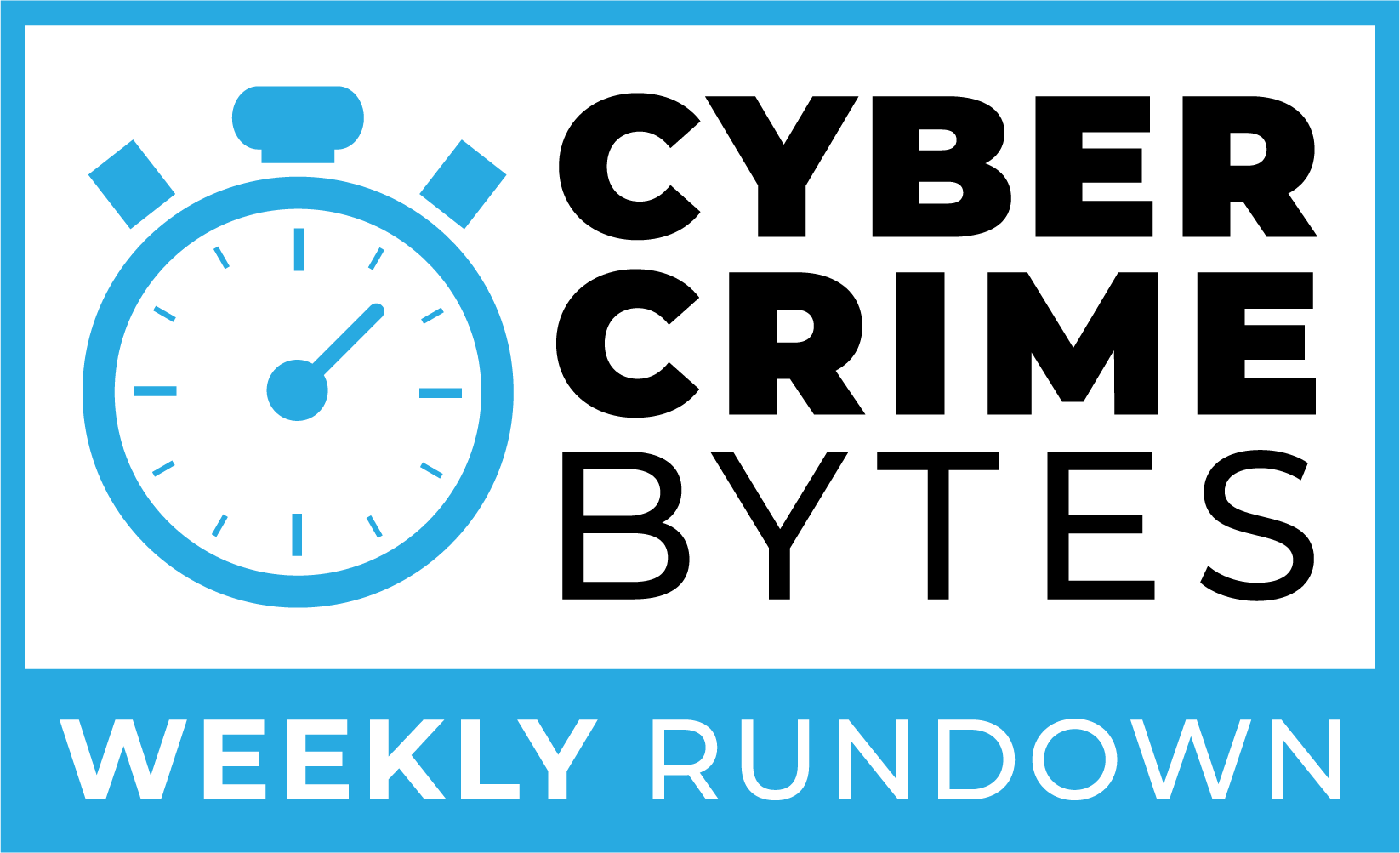
20 Sep Cybercrime Bytes: Phish Scale, Cybersecurity Common Core, COVID-19 Hacktivity
Weekly news that keeps you on the cutting edge of cybersecurity
 – The editors at Cybercrime Magazine
– The editors at Cybercrime Magazine
Sausalito, Calif. – Sep. 21, 2020
This week’s rundown is sponsored by Absolute — New enterprise security trends, threats & opportunities revealed in 2020: The State of Endpoint Resilience™ Report, our annual study of 8.5 million devices.
— Researchers at the National Institute of Standards and Technology (NIST) have developed a new method called the Phish Scale that could help organizations better train their employees to avoid a particularly dangerous form of cyberattack known as phishing. U.S. Department of Commerce
— Schools can start to make cybersecurity education a priority by making it part of the Common Core. The internet is woven into the fabric of our daily lives, and people need to know how to use it safely at every age — a truth that starts with students. Schools fail kids when they don’t teach them cybersecurity early and often. eSchool News
— COVID-19 has disrupted our lives and caused a lot of stress and panic globally. Even though lockdowns may be relaxing, cyberattacks are showing no signs of slowing down. The pandemic has created the perfect environment for hacktivists to strike with a high degree of success. Forbes
— Global hiring experts declare huge shortages of cybersecurity professionals, but many qualified people are still having a hard time finding a job or even getting an interview. The issues are pay scale, location, lack of experience, timing, lack of networking and industry contacts, potential discrimination against older workers, and other. Government Technology
— Projections are that cybercrime will exceed $6 trillion annually by 2021 up from $3 trillion in 2015, according to Cybersecurity Ventures. The most significant factor driving this acceleration is the increasing efficiency of cybercriminals. The dark web has become a thriving black market where criminals of all means can gain the capabilities necessary to launch sophisticated cyberattacks. Security Magazine
Cybercrime Radio: Lauren Bean Buitta, Founder & CEO of Girl Security
Closing the gender gap in national security
— Diversity is vital in the cybersecurity profession, which depends on unique approaches to problems and challenges. Expanding online classes could lead to a more diverse cybersecurity workforce, according to Dr. Kevin Harris, a Nashville, Tenn. resident and program director for Cybersecurity at American Public University. The Tennessean
— COVID-19 and the rapid shift to work from home practices have dramatically escalated boardroom awareness of cybersecurity risk. That’s great, because while hackers look to take advantage of the chaos and disruption of the pandemic, CISOs and CIOs are working to make sure their businesses can stay safely connected. Accenture
— Only 20 percent of the information security workforce is made up of women, and 21 percent is made up of minority groups. With those underserved communities in mind, CyberSecurity NonProfit (CSNP) started up in 2019 with a simple goal: Make security knowledge and training accessible so everyone can learn how to protect themselves and their organization from cyber threats. Security Innovation
— Hackers have launched cybersecurity attacks in the Asia region more aggressively than the world as a whole. More generally, the problem looms large when so many people are now working from home because of COVID-19, according to the biannual report from LexisNexis Risk Solutions. Wealth Briefing Asia
— Lost your job? A relatively new industry that has become absolutely necessary for our technology-based present, cybersecurity is scrambling for talent. By 2021, there may be as many as 3.5 million vacant positions in cybersecurity, according to research from Cybersecurity Ventures. MSN Money
Cybercrime TV: The World’s First Chief Information Security Officer
Meet Steve Katz, CISO at Citicorp, 1995-2001
— Demand for cybersecurity professionals continues to skyrocket. In 2016, the Bureau of Labor Statistics projected employment of information security analysts would grow 28 percent through 2026; in 2018, that number climbed to 32 percent through 2028. This will mean an additional 35,500 information security analyst jobs in the U.S. Purdue University
— While Artificial Intelligence offers unrivaled levels of security against identity fraud, fraudsters have become increasingly adept at forging and faking even realistic holograms, to bypass AI and machine learning technology. However, a hybrid approach combining human experts and AI becomes almost impenetrable to even the most sophisticated hacker. Information Age
— Cybersecurity is one of the most daunting challenges of 2020, and both businesses and individuals have struggled to cope up with the growing sophistication of cyberattacks. In India, National Education Policy (NEP) 2020 is a giant step towards raising the country’s cyber awareness. Businessworld India
— The real number of targeted cyberattacks is always unknown. Some organizations decide not to disclose information about breaches to avoid negative consequences to their reputation and customer trust. But building immunity to cybercrime requires collaboration, now more than ever. Global Banking & Finance Review
— Cybercrime as a whole may be rising, but would a hacker target a manufacturer over any other business? Yes, they would, because manufacturers have a lot of valuable data. The sheer size of the industry contributes to it being one of the most targeted sectors for cybercrime. Euro Scientist
More next week.
– From the editors at Cybercrime Magazine
Sponsored by Absolute
Absolute adds resilience to your endpoint.
We help organizations recover and resume normal operations in the face of security breaches.
Absolute envisions a world where security and IT professionals always retain control over their devices and data. We’re the first and only company to offer uncompromised visibility and near real-time remediation of security breaches at the source.
Absolute Persistence™ returns devices to their desired state of safety and efficacy after malicious attacks or user error, thanks to our unique location in the firmware of more than 500 million devices built by most of the world’s top device manufacturers.



